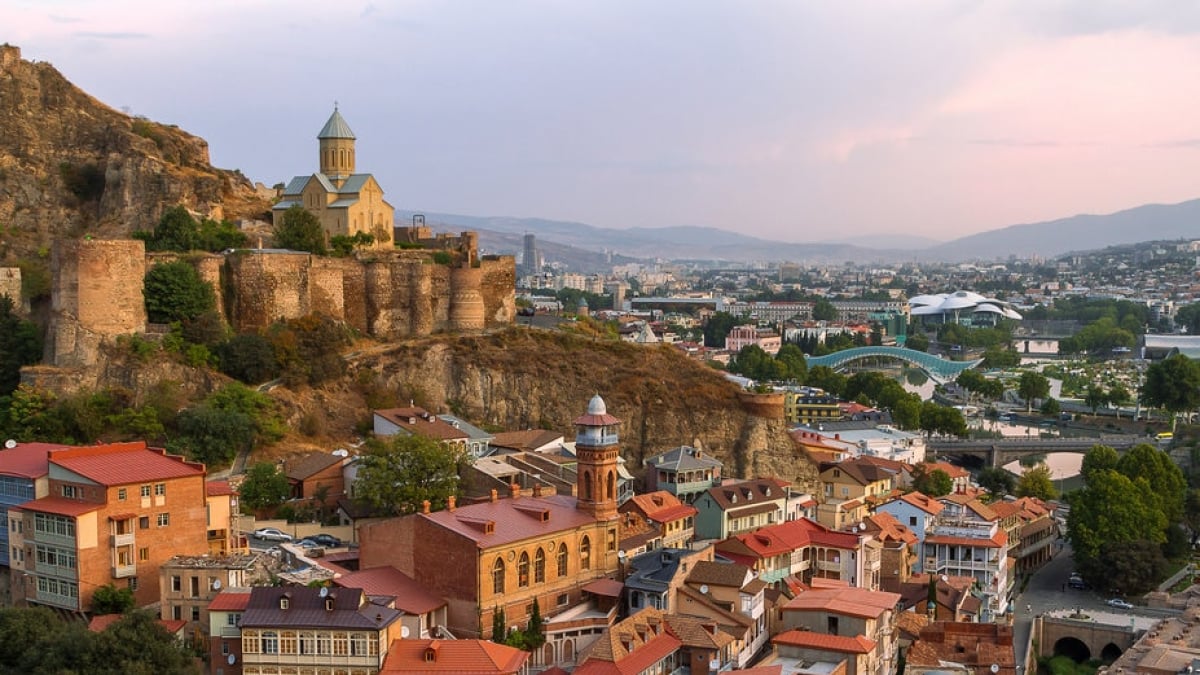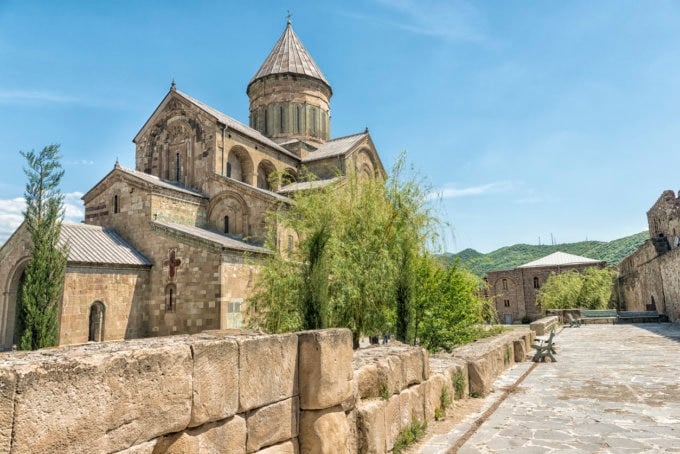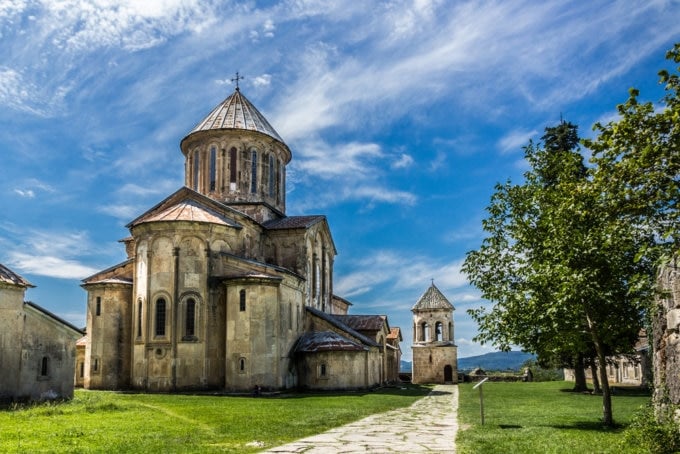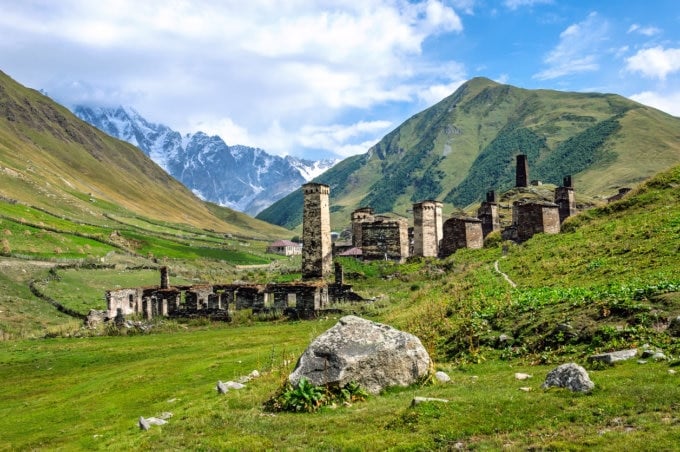Name: Historical Monuments of Mtskheta
Address: Mtskheta, Georgia
Official/Related Website: http://www.dtac.jp/caucasus/georgia/entry_99.php

A Country in Eastern Europe That Preserves Tradition and Faith – Georgia’s 3 World Heritage Sites
Georgia is a country in Eastern Europe, located at a key crossroads in Europe, it has been subjected to the rule of many different peoples over time. Despite this, Georgia has steadfastly preserved its traditional culture, especially its Christian faith. The country has three UNESCO World Heritage Sites, each deeply tied to ancient traditions and beliefs. These churches, monasteries, and long-established villages are popular tourist destinations among Europeans, though they remain relatively unknown. The quiet towns that house these World Heritage Sites are well worth a visit.
table of contents
[x] close
A Country in Eastern Europe That Preserves Tradition and Faith – Georgia’s 3 World Heritage Sites
1. Historical Monuments of Mtskheta

The first World Heritage Site in Georgia to be introduced is the Historical Monuments of Mtskheta. Along with the "Bagrati Cathedral and Gelati Monastery," it was registered in 1994 as Georgia’s first UNESCO World Heritage Site. From 2009, it was placed on the List of World Heritage in Danger, but in 2016 it was removed after conditions improved.
This World Heritage Site includes three main locations: Svetitskhoveli Cathedral, closely associated with Saint Nino; Samtavro Church and Monastery; and Jvari Monastery. Mtskheta became the capital of the Kingdom of Iberia in the 4th century BC. In 334 AD, thanks to the efforts of Saint Nino, Christianity was adopted as the state religion of the Kingdom of Iberia, leading to the construction of churches and monasteries.
2. Gelati Monastery

Gelati Monastery is a medieval Christian site located in the ancient city of Kutaisi in the Imereti region, and it was inscribed as a World Heritage Site in 1994. Kutaisi developed as a key transportation hub in Georgia and saw the construction of numerous churches and monasteries.
Built during the 11th–12th century, when the Kingdom of Georgia was at its height, Gelati Monastery is considered one of the finest examples of medieval Georgian architecture and was registered as a World Heritage Site for this reason. The Church of the Virgin at Gelati houses many murals and manuscripts dating from the 12th to the 17th centuries, preserved as invaluable cultural artifacts. Until 2017, Bagrati Cathedral was also included in the same UNESCO listing, but due to reconstruction projects that diminished its universal value, the listing was reduced to cover only Gelati Monastery.
Name: Gelati Monastery
Address: Road to Gelati Monastery, Motsameta
Official/Related Website: http://www.dtac.jp/caucasus/georgia/entry_99.php
3. Upper Svaneti

The Svaneti region lies in the northwest of Georgia and is divided into Upper Svaneti and Lower Svaneti. The beautiful monuments and cultural landscapes of Upper Svaneti were inscribed as a UNESCO World Heritage Site in 1996. The area is home to the Svan and Megrelian peoples and features charming villages dating back to between the 9th and 12th centuries.
Surrounded by mountains ranging from 3,000 to 5,000 meters, this region of Georgia is the highest inhabited area in Europe and is known for developing a unique culture over centuries. The churches and fortified houses found in these villages are distinctive in form and still preserve the atmosphere of the Middle Ages.
Name: Upper Svaneti
Address: Upper Svaneti
Official/Related Website: http://www.dtac.jp/caucasus/georgia/entry_98.php
◎ Summary
We have introduced Georgia’s three World Heritage Sites: Gelati Monastery, the Historical Monuments of Mtskheta, and Upper Svaneti. While Georgia is not widely known as a tourist destination, the country has many historic buildings and is well worth a visit. If you have the opportunity, consider traveling to Georgia to experience its deep connection to European history.
RELATED ARTICLES
REGIONS
CATEGORIES
FEATURED ON Georgia
MOST POPULAR ON Georgia
-
 1
1Doha: Must-see Attractions in the Capital of Qatar
-
 2
2Toronto: 10 Things to do in this Picturesque Canadian City
-
 3
3Amarillo: A City Famous for It’s Amazing Canyons, Great History and Music
-
 4
4South Korea: Dazzling Scenery, Rich Culture and Fascinating History
-
 5
5Kuwait: A Country in Middle East Asia Famous for Hot Sand Dunes and Stunning Cityscape








